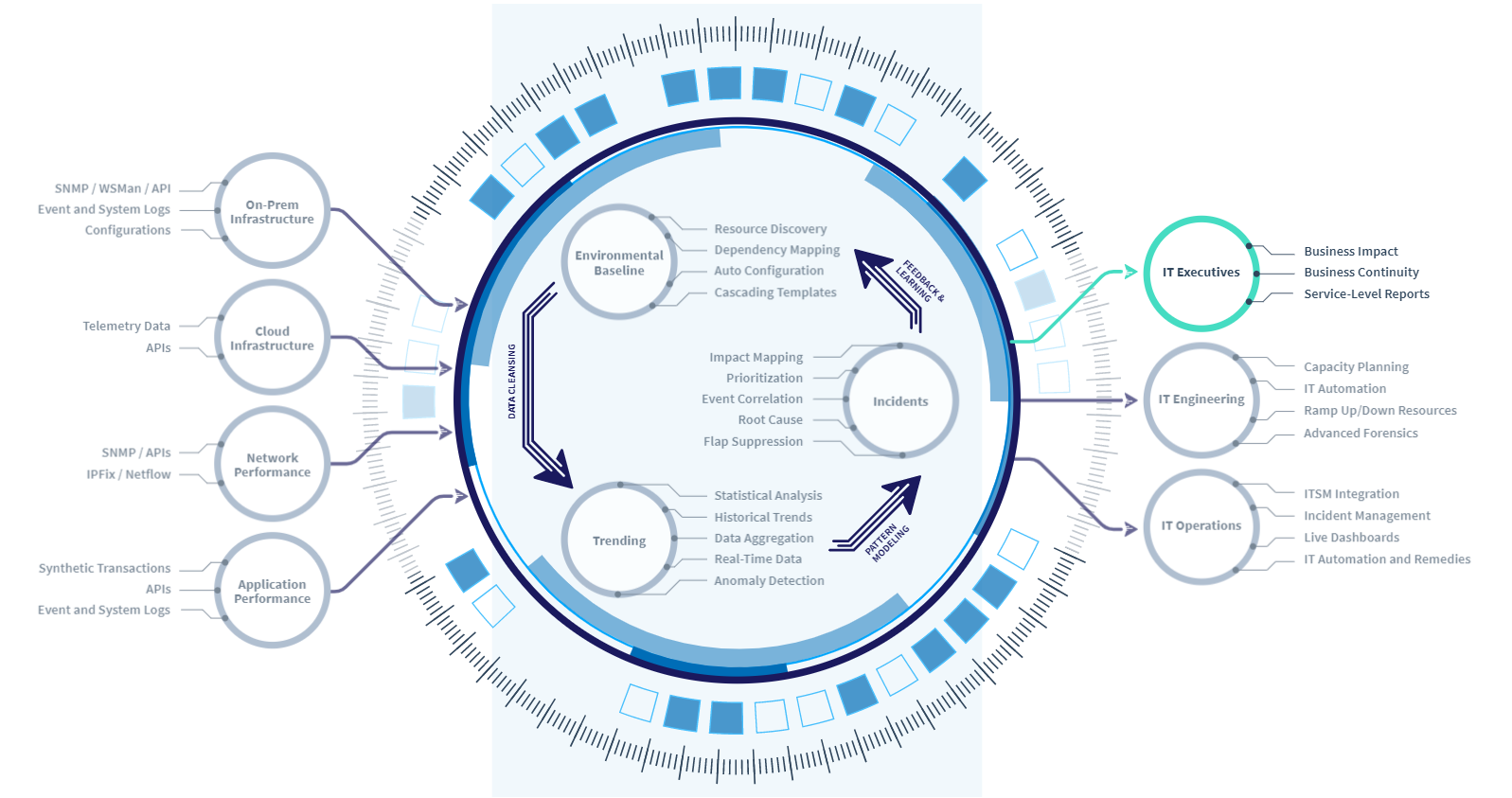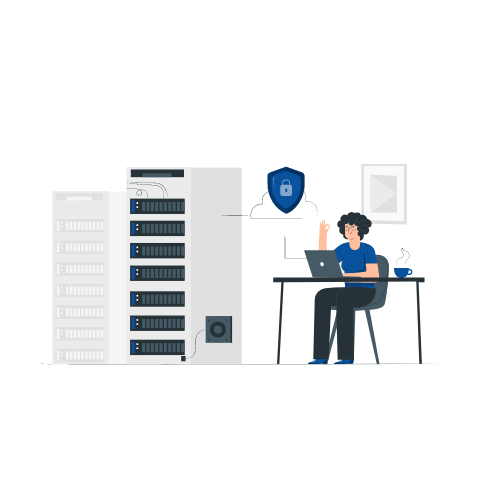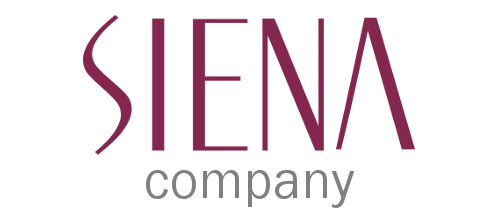What to monitor?
Whenever we talk about monitoring, the first question that is asked is: Monitor what?
There is no one-size-fits-all answer for all customers. Everyone has their own priorities. These are usually based on traumatic experiences with the crash of systems or applications that compromised the company's operations and generated losses or compromised its image.
One of Netreo's strong points is that it is a monitoring platform with a set of services that cover hardware, software, networks, integration solutions and “cloud services”. And you can make the set that meets your immediate and future needs.
Hardware and Software
Network
Integration Solutions
Cloud Services
Netreo
Created in 2000 at the University of California at Irvine by Cisco visionaries and former Cisco professionals James Mancini, Kevin Kinsey and Andrew Anderson.
As usual with a horizontal platform, today Netreo is implemented in several market segments such as finance, retail, logistics, manufacturing, health services, and education.
Successful cases range from large corporations such as Mitsubishi Motors to the century-old healthcare provider TRA Medical Imaging.
These and hundreds of other companies have entrusted Netreo with monitoring their digital presence and their IT, becoming reference customers for their service platform.
How Does Netreo Work?
Today's IT organizations face the challenge of integrating new technologies into their infrastructure while continuing to support all of their legacy needs. Business technology stacks have become more complex, diverse, and difficult to control than ever before. The Netreo IT infrastructure monitoring platform provides a platform that gives organizations a single, unified view of the truth across their entire IT infrastructure - regardless of size, footprint or complexity.

Who is it for?
Support Analysts
To track real-time operation and improve troubleshooting response.
IT managers
To manage the performance of the operation and anticipate incidents.
IT directors
To identify bottlenecks and plan medium and long-term investments.
Why Netreo?
- Organization
- Planning
- Strategy
- Security
- Success
Loss of internal productivity
Your organization's operational and labor expenses will likely pay off regardless of system downtime. So when a system fails, your organization pays all expenses without significant productivity. And worse, when the system is back up and running, you pay additional costs to compensate for lost productivity.


Service Level Agreements
Many customers require specific language for financial compensation in the event of a system failure. Aside from actually having to cover the costs of a breach of the service level agreement, paying this compensation does little to repair the damage to your brand in the eyes of customers, both internal and external.
Brand Damage
When customers frequently experience outages or other difficulties with a product or service, not only do they leave the system, but they also share their negative experiences with others. Bad brand exposure can not only cost you that customer, but it can hurt potential future business as well.


System Abandonment
If a system stops working or becomes unreliable, users abandon it. This is how unapproved systems or software gain traction within an organization, exposing you to more security risks. Unreliable systems often become candidates for expensive replacement plans, even if the root cause is not the system itself.

Data loss or exposure
The worst case scenario for any IT department, any system outage comes with the risk of exposing valuable or sensitive data or, worse, lost data altogether. While best practices and backups can help mitigate the risk, no one plans for outages and this can lead to disastrous or unexpected consequences.
Competitive Advantages
Smart Alerts
Make sure the alerts really mean something.
Single Panel
A simplified view of the entire enterprise.
Automation
Automate your mission-critical tasks.


